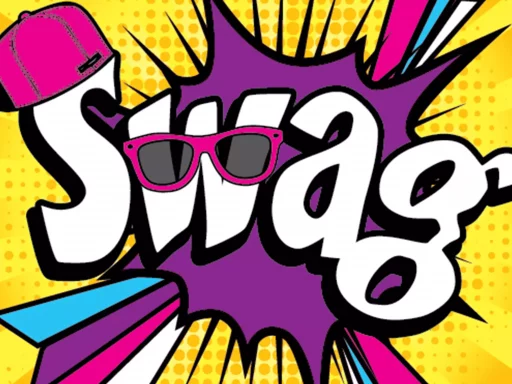Introduction to RCS
In the evolving world of messaging, RCS is a term that has started to make waves. Standing for Rich Communication Services, RCS enables a more dynamic communication experience than traditional SMS (Short Message Service). It allows users to send multimedia messages, see read receipts, and engage in group chats, elevating the texting experience to new heights.
Understanding RCS
RCS is an advanced messaging protocol designed to replace SMS and MMS (Multimedia Messaging Service). It essentially turns your standard text messaging app into a feature-rich interface similar to popular messaging apps like WhatsApp and Facebook Messenger. RCS provides not only text messaging capabilities but also functionalities such as:
- High-quality images and videos
- Group chats with expanded participant limits
- Interactive rich media sharing (like carousels and buttons)
- Read receipts and typing indicators
- Location sharing
The Evolution from SMS to RCS
SMS has been around since the early 1990s, serving as the backbone for mobile texting. However, with the rise of smartphones, the limitations of SMS became apparent. Users craved a richer, more interactive messaging platform, leading to the development of RCS.
According to a 2022 report by Juniper Research, RCS messaging is expected to grow by over 50% in the coming years, as brands and marketers start to adopt it for more interactive customer engagement.
How RCS Works
RCS is built on the existing infrastructure of SMS but uses data to send messages. This means that, unlike SMS, RCS requires an internet connection. Once a user sends a message through an RCS-enabled app, the message is sent through the user’s carrier’s network, similar to how WhatsApp or iMessage functions.
To utilize RCS, both the sender and recipient must be on devices that support RCS and must have RCS enabled within their messaging app.
Why RCS Is Beneficial
- Enhanced User Experience: With features like read receipts and typing indicators, users can engage in more conversational and interactive texting.
- Brand Engagement: Businesses can use RCS to send promotional messages and updates, enabling rich visuals that can increase customer engagement.
- Cost-effective: RCS does not incur additional costs for media sharing, making it a cost-effective solution for both consumers and businesses.
Real-World Examples of RCS Usage
Brands like Coca-Cola, Sephora, and Domino’s have leveraged RCS in their marketing strategies:
- Coca-Cola: The brand uses RCS to send interactive quizzes and contests, providing customers with personalized experiences.
- Sephora: Sephora utilizes RCS for appointment reminders and promotional deals, integrating rich visuals and engaging content.
- Domino’s: Domino’s has employed RCS to enhance their customer-service model by allowing customers to track their pizza delivery in real-time via RCS messages.
Statistics Reflecting RCS Adoption
As of 2023, global RCS messaging adoption is steadily growing, driven by major carriers and device manufacturers. Key statistics include:
- Approximately 900 million devices globally support RCS as of the early 2023
- About 150 carriers across 100 countries are providing RCS services
- Over 1 billion monthly RCS messages were sent by brands by the end of 2022
Challenges and Considerations
Despite its benefits, there are challenges regarding RCS adoption. These include:
- Inconsistency: Not all carriers support RCS, leading to inconsistencies in usability.
- User Awareness: Some users are unaware of RCS functionalities or how to access them.
- Privacy Concerns: As with any modern messaging service, implications around data privacy and security continue to loom.
Conclusion
RCS is redefining the way we communicate via text by merging the familiar with the innovative. As more users and brands adopt this technology, RCS promises to create a richer messaging experience that enhances user engagement and opens doors to new marketing opportunities. Understanding RCS can pave the way for more effective communication in both personal and professional contexts.






